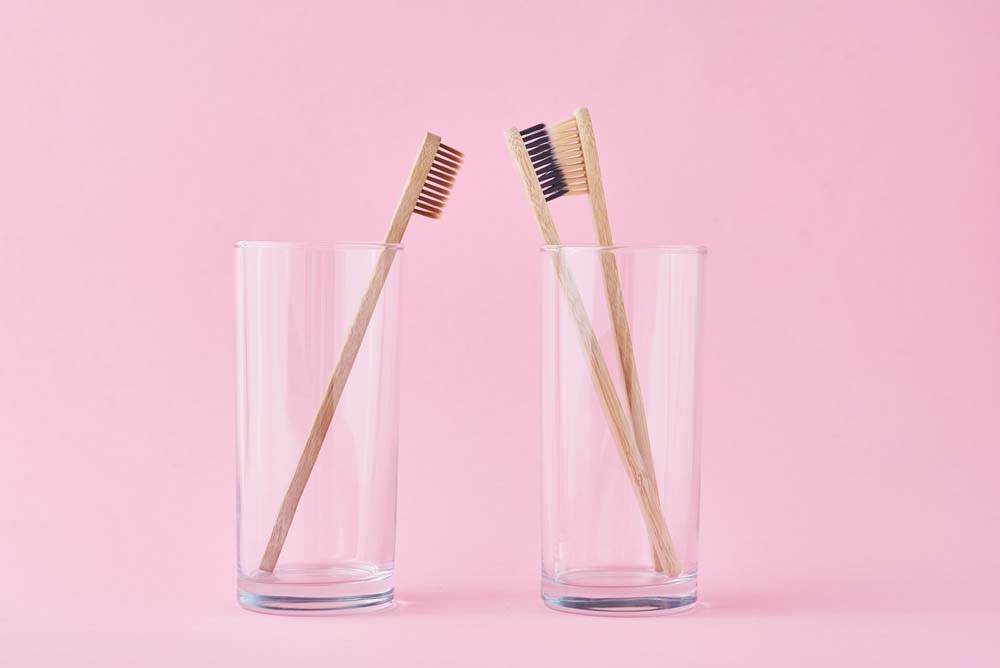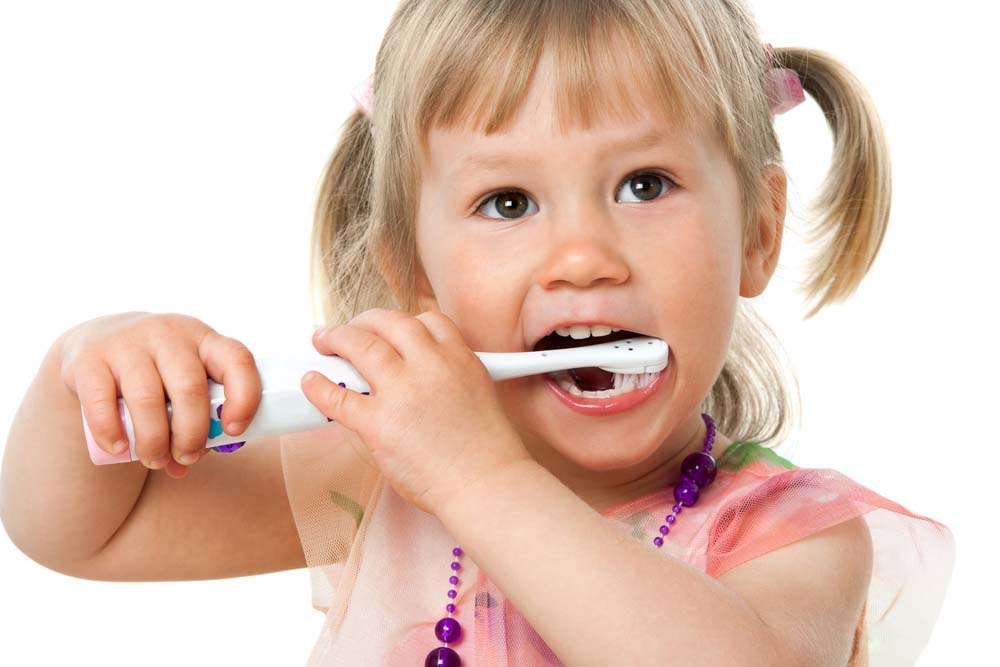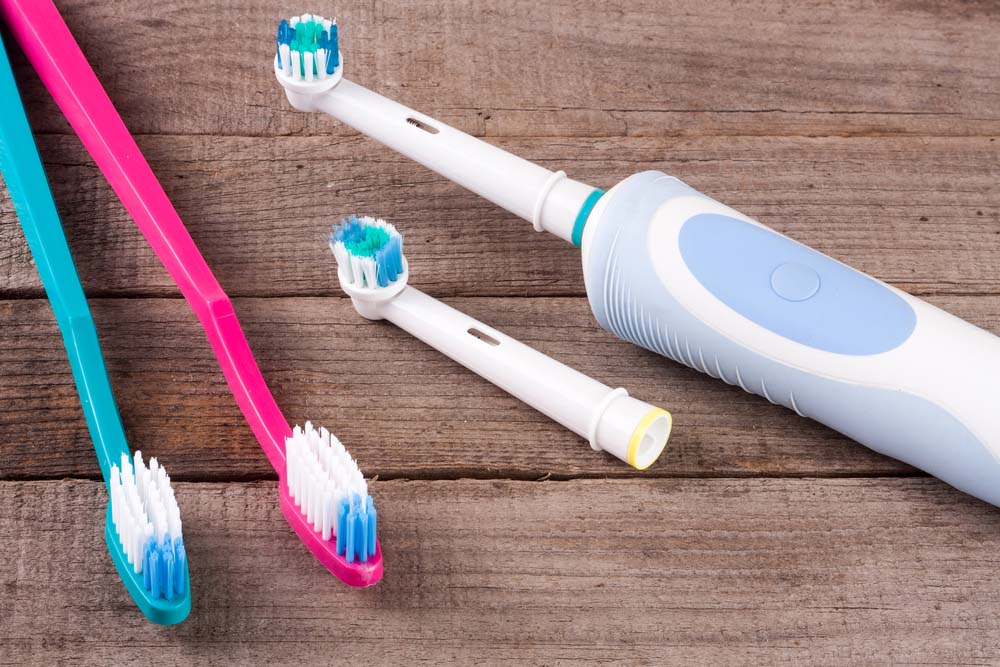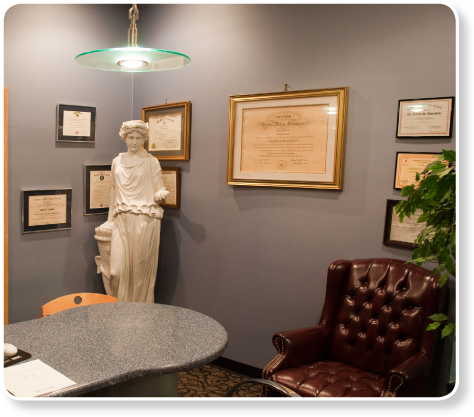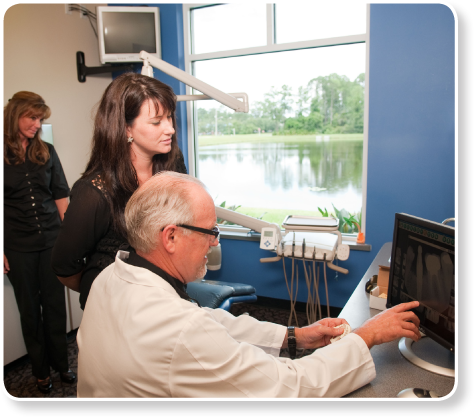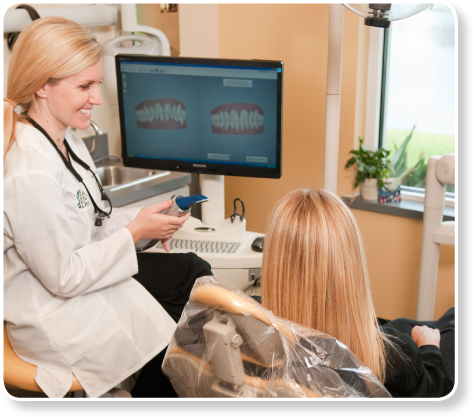Electric vs. Manual Toothbrush: Which Is Best for Me?
Sep 11, 2023

There have never been as many toothbrush choices as there are in today’s age. With so many brands, types, and sizes, it can become overwhelming to decide what’s best to use. While we can’t help you decide what color toothbrush best matches your bathroom decor, we can help you narrow down your choice. Here, we’ll be discussing the biggest debate when it comes to toothbrushes: electric or manual? They both have their place, but depending on your dental needs, you’ll have to figure out which one is best for you.
What Are the Pros and Cons of Electric Toothbrushes?
When making an informed decision about anything, but especially when it comes to your oral hygiene, you want to be sure you’re taking in all the information you can. Doing this will ensure that you’re making the best decision possible for yourself. The best way to do this is to weigh the pros and cons of electric and manual toothbrushes. Let’s start with the electric toothbrush.
Pros of Electric Toothbrushes
There’s a reason many dentists recommend these toothbrushes to their clients. If you find yourself drawn to these benefits, then it might be time to consider investing in an electric toothbrush. Some pros to owning an electric toothbrush include:
Cons of Electric Toothbrushes
The main con associated with electric toothbrushes is the price. They are significantly more expensive than manual toothbrushes, usually ranging from $20-$60, depending on the brand. Because of this, many continue to purchase manual toothbrushes because of how cost-effective they are.
What Are the Pros and Cons of Manual Toothbrushes?
In the age of technology, it can be easy to want to throw out the “old” way of doing things. However, don’t count out manual toothbrushes just yet! Even though electric toothbrushes are becoming more popular, it doesn’t change the fact that manual toothbrushes are still popular.
Pros of Manual Toothbrushes
Because of their availability, you can buy them almost anywhere. Additionally, the prices are lower than the electric toothbrushes, making them a more cost-effective option. Plus, they can’t run out of batteries.
Cons of Manual Toothbrushes?
The most common gripe many people have with manual toothbrushes is the tendency to brush too hard. This can lead to bleeding gums, which is an unpleasant experience. There is also the issue of not knowing if you’re brushing long enough since you don’t have a built-in timer.
How Do You Use Each Toothbrush Properly?
The two types of toothbrushes essentially have the same goal, but it’s important to understand how they operate. You want to be certain that you’re using your toothbrushes correctly to avoid oral injury and get the most out of your toothbrush.
Using an Electric Toothbrush Correctly
When brushing your teeth with an electric toothbrush, it’s not necessary to press hard or even use a scrubbing motion like you would with a manual toothbrush. Instead, you’ll gently glide the bristles over your teeth and gums, allowing the toothbrush to scrub on its own. You should focus on one or two teeth at a time, ensuring that you are thorough and get all sides – including the back side – of the tooth.
There is typically a sensor within your electric toothbrush that will prevent you from brushing too hard. It’s a harder vibration, signaling you to be more gentle.
Using a Manual Toothbrush Correctly
Using a manual toothbrush requires you to do most of the work with your wrist. The proper technique requires you to move your toothbrush in small, circular movements around each tooth for 3-5 seconds. You’ll continue to use this motion as you go throughout your whole mouth, getting each tooth clean.
With a manual toothbrush, you’ll have to be sure you aren’t applying too much pressure. A sign of too much pressure could be bleeding gums or soreness. If you find you have difficulty retaining a good amount of pressure, it might be time to switch to an electric toothbrush.
What Kind of Toothbrush Do You Need?
The manual toothbrush has been the default toothbrush for decades, typically making it the starter toothbrush for a lot of us. More times than not, you’ll be deciding whether you switch from manual to electric rather than vice versa. For that reason, we should discuss the main reasons dentists recommend making that switch.
Electric toothbrushes can help prevent extreme gum disease. Additionally, for those who may have gum disease already, the electric toothbrush prevents disease progression. We also discuss the need for electric toothbrushes for individuals who may struggle with brushing too hard. This can be anyone, but it’s more prevalent in toddlers and kids who may not understand how hard is “too hard”. The sensors within the electric toothbrushes are beneficial to help them learn this.
What Kind of Toothbrush Should Toddlers Use?
When toddlers begin brushing their teeth, it’s important that you supervise them to ensure they are properly brushing to avoid developing cavities and gum disease. For this reason, toddlers can use any type of toothbrush if the head is the correct size.
Tip
Use a toothbrush that your toddler will have more fun with. That way, they’re more likely to use it.
What Should Prompt a Switch in Toothbrushes?
The biggest deciding factors for changing toothbrush types are gum disease and other oral problems. It’s recommended that individuals with gum disease use electric toothbrushes to get a deeper clean. This deeper cleaning is required to prevent the build-up that comes with gum diseases.
How Do You Decide on Your Toothbrush?
If you’re still unsure which toothbrush you’d prefer, it’s best to try them both out. Taking the time to try both options for yourself will allow you to see which one you prefer. If you’re more goal-oriented, you’ll watch for differences in how your teeth look. On the other hand, if you’re more about your comfort, you’ll want to see how each toothbrush feels. Regardless of what you decide, it’s great that you’re taking your oral health seriously.
When making these decisions, it’s always important to consult with your dentist about your thoughts, concerns, and questions. They may have their own recommendations based on your personal oral health. For instance, many patients may need a specific kind of toothbrush based on different dental hygienic factors that only your dentist would know. When in doubt, ask your dentist!
Still Have Questions About Electric Toothbrushes?
Schedule a consultation with our dentists.
For informational purposes only.

